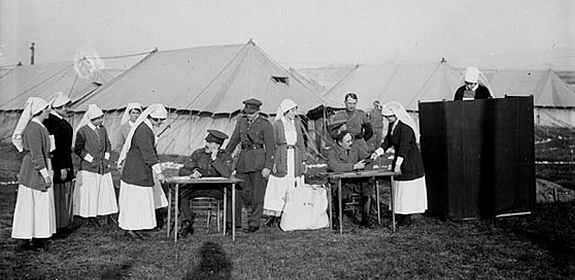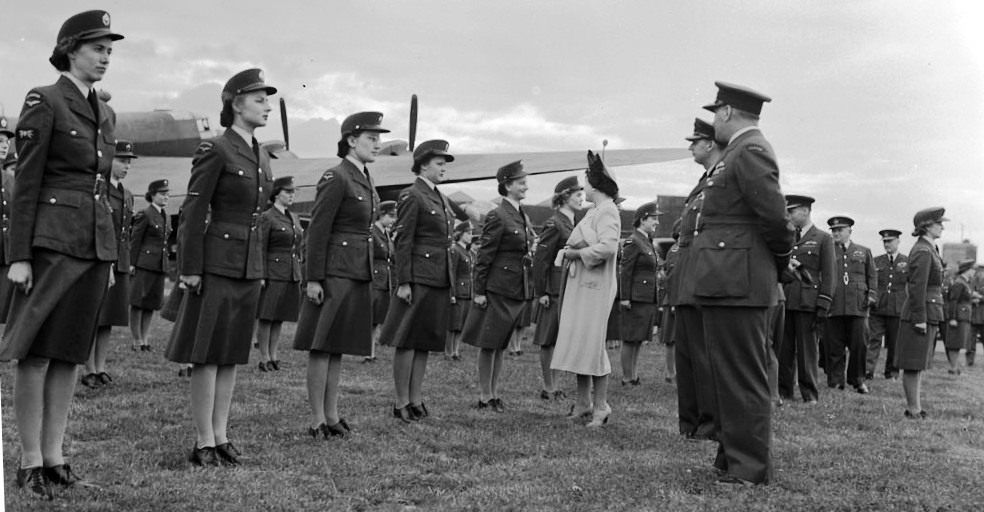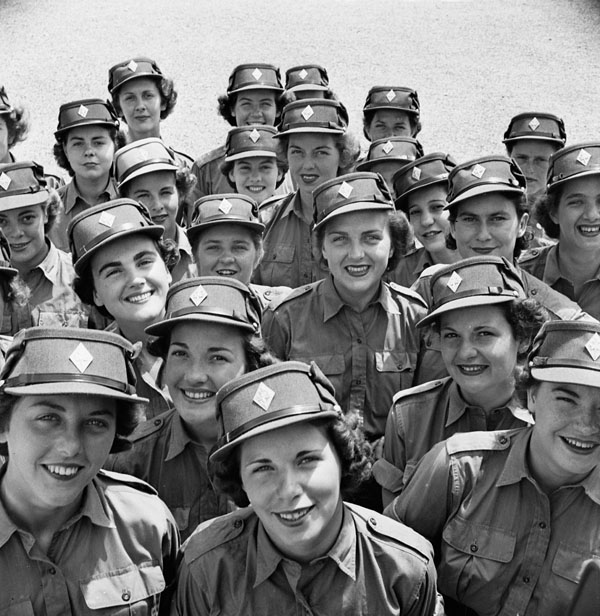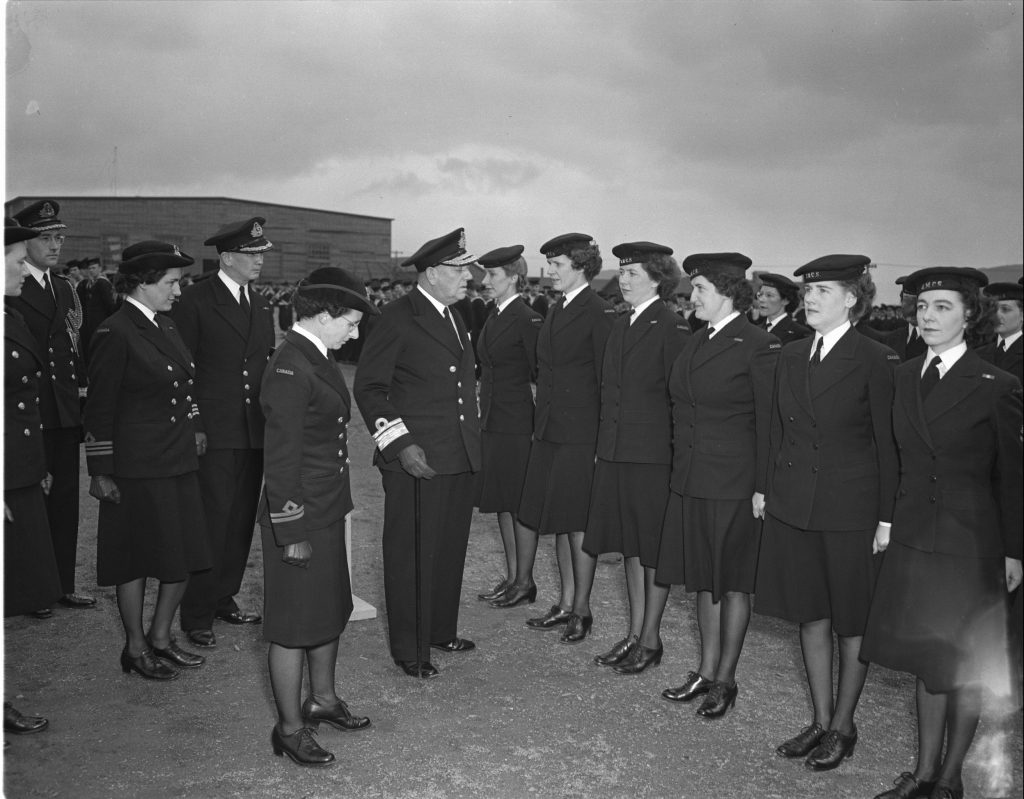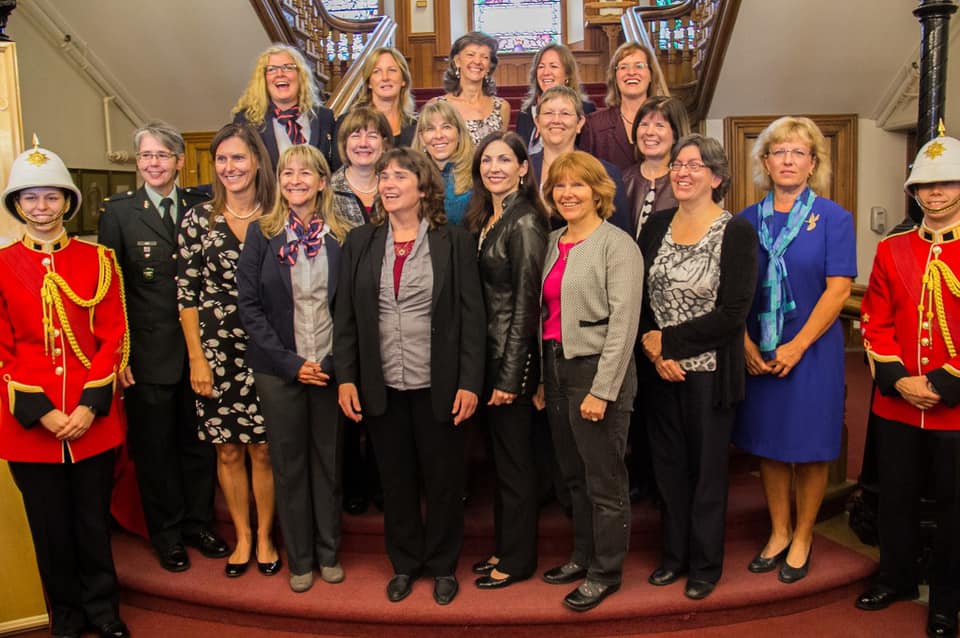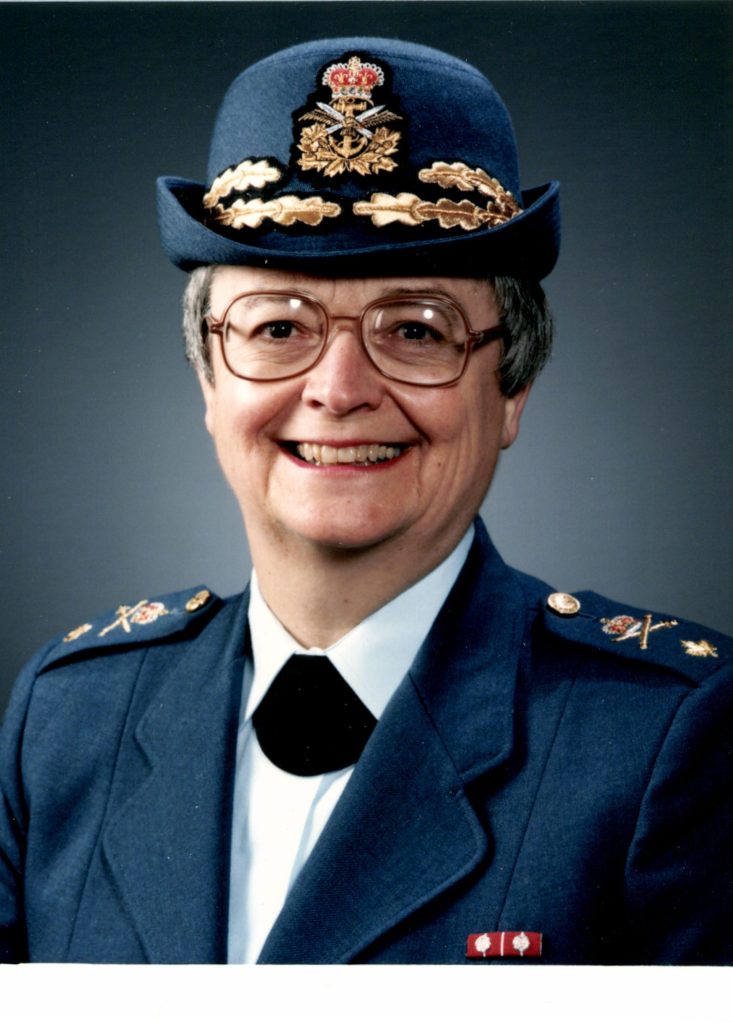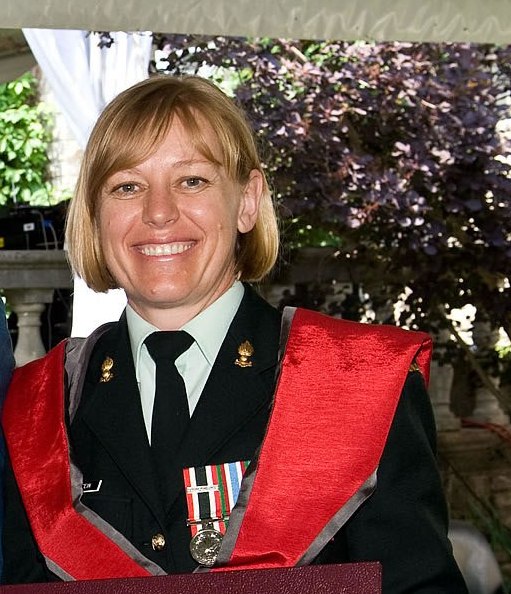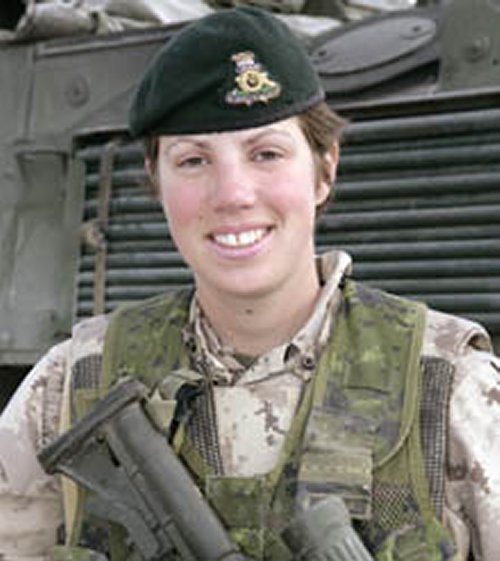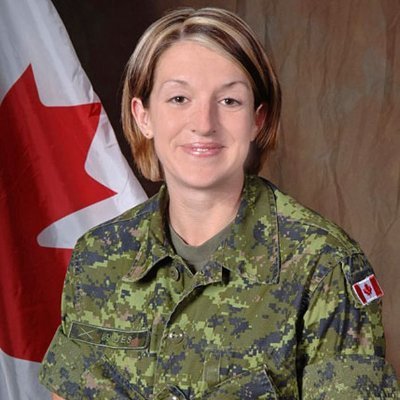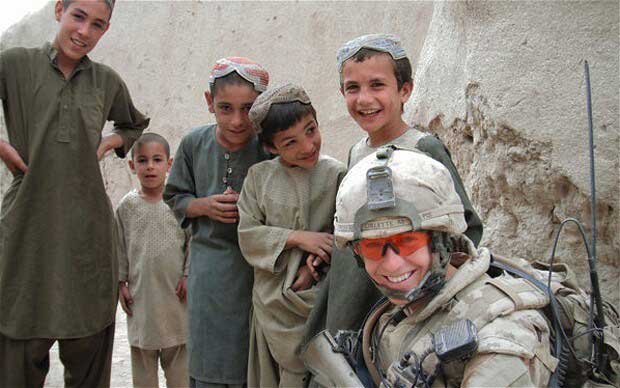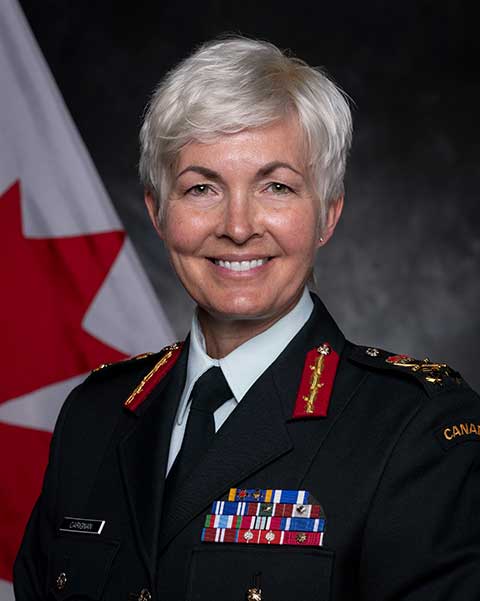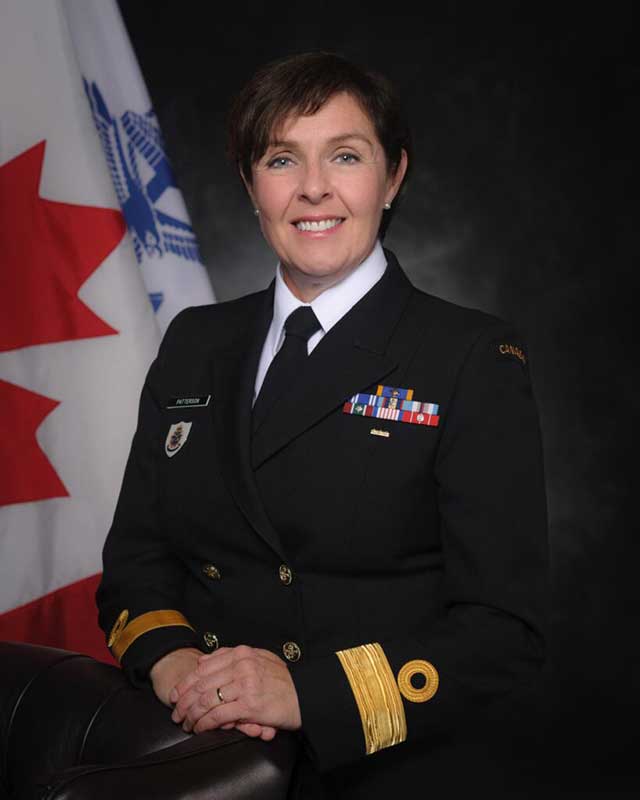
Summary
Women have served in the Canadian military since 1885. They were initially restricted to nursing, but over time, they have taken on a variety of non-combat and combat roles. With the unification and modernization of the Canadian military in the late 1960s, the doors finally began to open for good for women to enlist and enter non-traditional roles. Today, women deploy on combat missions, captain vessels and command flying squadrons—their career paths as open as those of men
Women have served in the Canadian military since 1885. They were initially restricted to nursing, but over time, they have taken on a variety of non-combat and combat roles. With the unification and modernization of the Canadian military in the late 1960s, the doors finally began to open for good for women to enlist and enter non-traditional roles. Today, women deploy on combat missions, captain vessels and command flying squadrons—their career paths as open as those of men.- Source Canadian War Museum/Veterans Canada
Nursing Sisters at a Canadian Hospital in France voting in the Canadian federal election. December 1917. Credit: Library and Archives Canada PA-002279
On July 2, 1941 the Women’s Division of the Royal Canadian Air Force (RCAF) was created—a first for our country. By the end of the war it totalled some 17,000 members. The RCAF did not train their female recruits to be flying instructors or combatants (indeed, the spirit of their participation is best described by the division’s slogan, “We serve that men may fly”). They were initially trained for clerical, administrative and support roles. As the war continued, however, women would also work in other positions like parachute riggers and laboratory assistants, and even in the very male-dominated electrical and mechanical trades. Many RCAF-WD members were sent to Great Britain to serve with Canadian squadrons and headquarters there.
The CWAC was officially established on August 13, 1941 and by war’s end, it had some 21,000 members. Initially, CWAC members’ duties were quite traditional and they worked as cooks, cleaners, tailors and medical assistants. However, these duties would expand to include more traditionally male jobs such as driving trucks and ambulances, and working as mechanics and radar operators. While most CWACs served in Canada, three companies of female soldiers were posted overseas in 1943.
The Women’s Royal Canadian Naval Service (whose members were familiarly known as the “Wrens” after the nickname of their British Royal Navy counterparts), was officially established on July 31, 1942. The last Canadian military branch to recruit women, the Wrens grew to number some 7,000. They initially performed clerical and administrative tasks so more men could be made available for duty at sea. Eventually, Wrens would expand on these roles as well to do things like being on-shore radar operators and coding technicians.
Mary Laura Wong (Mah) enlisted with the CWAC (Canadian Women’s Army Corps) in Vancouver, British Columbia where she was employed as a teletype keyboard operator.
Elsie MacGill was the first female aircraft designer in the world. In 1942, she took on the important job of supervising the Canadian production of Hawker Hurricane fighter planes and earned the nickname ‘Queen of the Hurricanes.’
The Korean War (1950-1953) – Women are again recruited for military service, and more than 5,000 are serving. Canadian nurses were faced with providing medical services in a combat zone where they faced the daunting challenge of fighting battle-inflicted injuries and infectious diseases. They also flew air evacuation with casualties back to Canada. When the ceasefire came into effect in 1953, the sisters worked with the newly-released prisoners of war, helping to restore their physical health. There were no female casualties.

In 1965 the government decided to allow women to be employed in the Canadian military with a fixed ceiling of 1,500 (representing 1.5% of the military at that time). Photo: Administration clerk Cpl M. Langlais of St. Jean Port Joli, Quebec, in front of a Labrador Helicopter of Maritime Command at RCAF Station Rockcliffe. Credit: Department of National Defence.
In 1970 the Royal Commission on the Status of Women recommended changes to the military to create equal conditions for all, especially for women in the Canadian Armed Forces. This opened doors for a number of women. In 1972 the Honourable Flora MacDonald becomes the first woman to graduate from the National Defence College. In 1973 Colonel Joan Fitzgerald becomes the first military woman to graduate from the National Defence College. In 1974 Major Wendy Clay, a doctor, qualified for pilot’s wings six years before pilot classification is opened to all women. In 1978 Corporal Gail Toupin becomes first female member of SkyHawks, the Army’s parachute demonstration team.
In 1979 Military colleges open to women and 81 of 127 military trades open to women. In 1981 Second Lieutenant Inge Plug becomes first female helicopter pilot and Lieutenant Karen McCrimmon becomes first female air navigator. In 1982 the Canadian Charter of Rights and Freedoms was signed, which changed the future of women by prohibiting discrimination based on sex.
In 1987 the Air Force opens all positions to women, and Colonel Sheila A. Hellstrom, a graduate of National Defence College, became the first woman serving as a Regular Force officer to be promoted to the rank of Brigadier-General. In 1988 the first female gunners in Regular Force graduate from qualification training, and Private Shannon Wills wins the Queens Medal for Champion Shot of the Reserve Forces.
In 1989 the Canadian Human Rights Commission ruled that all obstacles to women’s access to any military job must be removed, with two exceptions: service aboard submarines and Catholic chaplains. Private Heather Erxleben became the first female Regular Force infantry soldier and Lorraine Francis Orthlieb becomes first woman to reach Commodore. Majors Dee Brasseur and Jane Foster become the first two woman fighter pilots of a CF-18 Hornet. Brasseur (left) achieved international fame in 1989 by becoming one of only two women to fly the CF-18 Hornet, a world-class jet fighter. In 1999, she was made a Member of the Order of Canada. Photo Credit: Department of National Defence, GN2002-0247-01d.
In 1991 the Gulf War is the first conflict in which Canadian women take part in combat. HMCS Nipigon becomes the first mixed gender warship to participate in NATO exercises, and the first female officers in combat arms graduate from artillery training. In 1992 Corporal Marlene Shillingford becomes first woman to join Snowbirds team; takes part in 1993-94 season as a technician; and Sergeant Shillingford became the first female Canadian Forces Snowbirds Crew Chief in 2006.
In 1993 Lieutenant Leanne Crowe becomes first woman to qualify as clearance diving officer; subsequently first woman to become Officer Commanding of the Experimental Diving Unit. In 1994 Wendy Clay becomes first woman promoted to Major General. In 1995 Chief Warrant Officer Linda Smith becomes first woman named Wing Chief Warrant Office. In 1997 Colonel Marcia Quinn assumes command of 41 Canadian Brigade Group. Colonel Patricia Samson appointed Canadian Forces Provost Marshall. In 1998 Lieutenant Colonel Karen McCrimmon is appointed Commander of 429 Transport Squadron in Trenton, Ontario, and Chief Petty Officer 2nd Class Holly Kisbee becomes the first woman Combat Chief of a major warship.
Starting in 2000 women can serve in submarines for the first time, Major Micky Colton becomes first female Hercules pilot to complete 10,000 flying hours, and Lieutenant Ruth Ann Shamuhn becomes the first female combat diver. In 2002 Chief Warrant Officer Camille Tkacz becomes the first woman appointed Command Chief position (Assistant Deputy Minister).
In 2003 Major Anne Reiffenstein becomes the first female to command combat arms sub unit. Major Jennie Carignan becomes first female Deputy Commanding Officer of a combat arms unit. Leading Seaman Hayley John and Marketa Semik becomes first female non-commissioned clearance divers. Master Seaman Colleen Beattie becomes the first woman qualified as a submariner. First (and only) all female Canadian Armed Forces team completes the Nijmegan March in Holland carrying same weight as male teams, and Lieutenant Commander Marta Mulkins becomes the first woman to serve as a captain of a Canadian warship. In 2004 Chief Petty Officer 1st Class Jan Davis becomes first woman Coxswain of major warship.
On May 17 2006 Captain Nichola Goddard, Class of 2002, 1st Regiment Royal Canadian Horse Artillery, was killed in Afghanistan. Goddard was the first female Canadian Armed Forces member killed during combat duty.
Just weeks before her death Captain Goddard wrote the following email to her family:
May 2, 2006
Dear Mum and Dad,
The days seem to move along at their own pace. Some days fly by, and others creep along. We are officially at the halfway point now, though I can’t believe I’ve been here for three months. I try to remind myself to appreciate every experience—even the ones I don’t really enjoy. 🙂
I have been thinking a lot about fate lately. It was such an accident of birth that we ended up where we did when we did, that we are where we are now, with the choices that we have available to us. It seems to me that we have such a burden of responsibility to make the world a better place for those who were born into far worse circumstances. It is more than donating money to charities; it is taking action and trying to make things better. You have both shown me that throughout my life, but here I realize it more than ever before.
My current job and role in Afghanistan is part of that, but it is more the non-governmental organizations that come later. They are the ones that really make the difference. I like to think that my being here means they will be able to come that much sooner and operate more freely. I will be looking for more opportunities to volunteer in Wainwright [Alberta] and to really try to make a difference. It is very humbling to be here, part of something so much bigger than myself.
Love always,
Nichola
In 2007 Lieutenant Colonel Tammy Harris becomes the first woman to command an air force wing in Canada – 9 Wing in Newfoundland and Labrador, and Commodore Jennifer Bennett becomes the first woman appointed Commander of the Naval Reserve; first female to command a Formation.
In 2009, former RMC Commandant, Commander Josée Kurtz becomes the first woman to command a major warship, the HMCS Halifax. In 2010 Lieutenant Colonel Susan Wigg, one of the initial women to enrol at Royal Military College in 1980, becomes its first female Director of Cadets, Lieutenant Colonel Maryse Carmichael becomes the first female Commanding Officer of the Snowbirds in its 40 year history and Major Eleanor Taylor, the first female to lead an infantry company in a combat zone, is deployed to Afghanistan.
On April 23 2009 Major Michelle Mendes, Class of 2001, an intelligence officer based in Ottawa, assigned to Task Force Afghanistan headquarters, aged 30, died at the Kandahar Airfield base.
In 2011 Brigadier General Chris Whitecross is one of two most senior ranked women in the Canadian Armed Forces. She was deployed to Afghanistan until end of June 2011. Women will make up 15% of the Canadian military, with over 7,900 female personnel serving in the regular force and more than 4,800 women serving in the primary reserve. Out of that number, 225 women were part of the regular combat force and 925 were enlisted in the primary reserve combat force.
In 2012 Captain Ashley Collette receives the Medal of Military Valour for her actions in Afghanistan. She is the first female Canadian soldier to receive this honour.
In 2013 Colonel (now Brigadier-General) Jennie Carignan is the first female Commandant of the Royal Military College Saint-Jean in Quebec. In 2015 Brigadier-General Lise Bourgon becomes commander of a Joint Task Force overseas mission (Operation Impact in Iraq). She is the first woman to hold this position. In 2017 the Government of Canada announces the Elsie Initiative for Women in Peace Operations during a UN conference in Vancouver. Its goal is to help increase the participation of women in UN peace operations.
In 2020 Lieutenant-Colonel Riel Erickson assumes command of No. 2 Canadian Forces Flying Training School in Moose Jaw, Saskatchewan. In 2021 Rear Admiral Josee Kurtz becomes the first woman Commandant of the Royal Military College in Kingston, Ontario.
In 2022 Rear-Admiral (Retd) Rebecca Patterson is the first woman Veteran appointed to the Senate of Canada. In 2023 12 women hold the rank of general or admiral within the Canadian Armed Forces.


